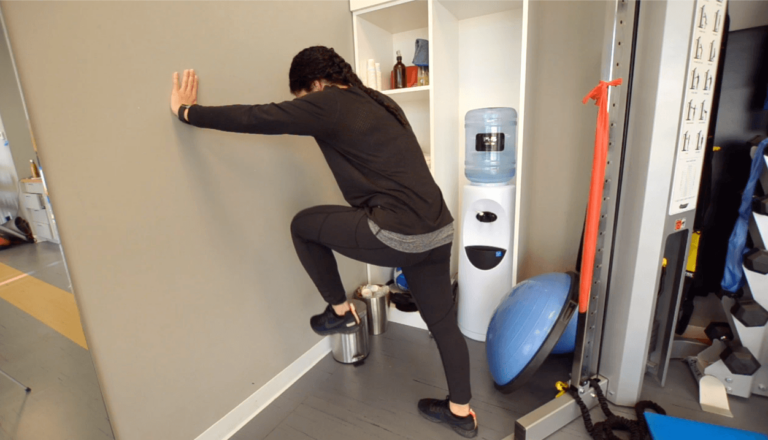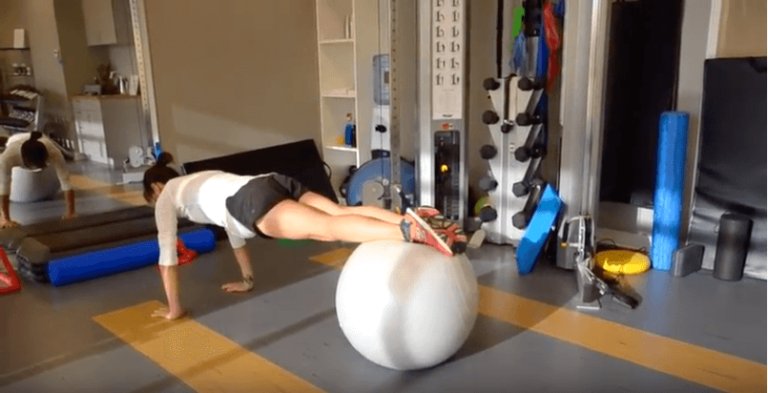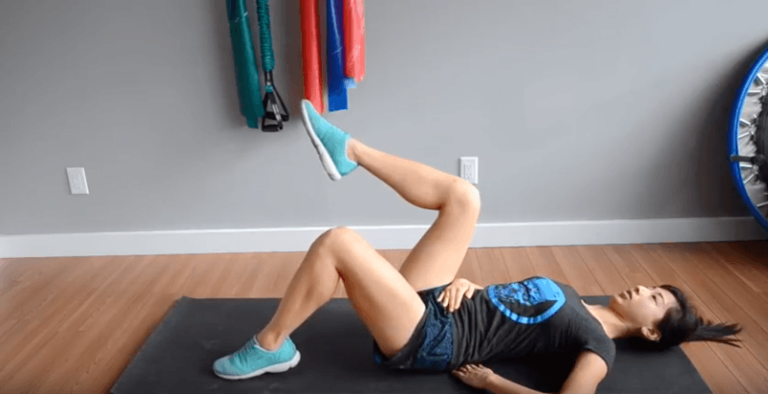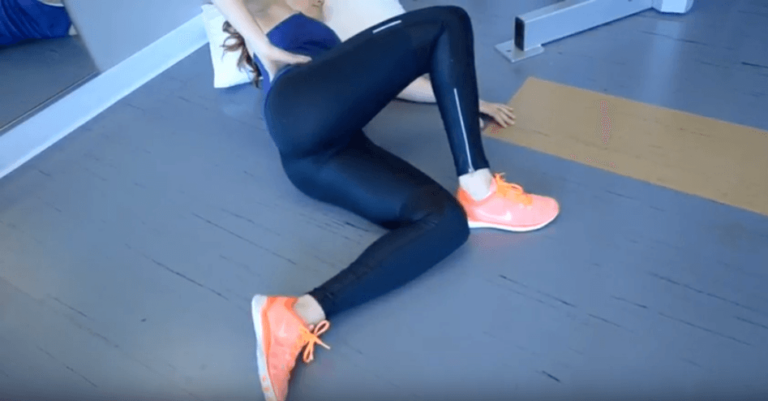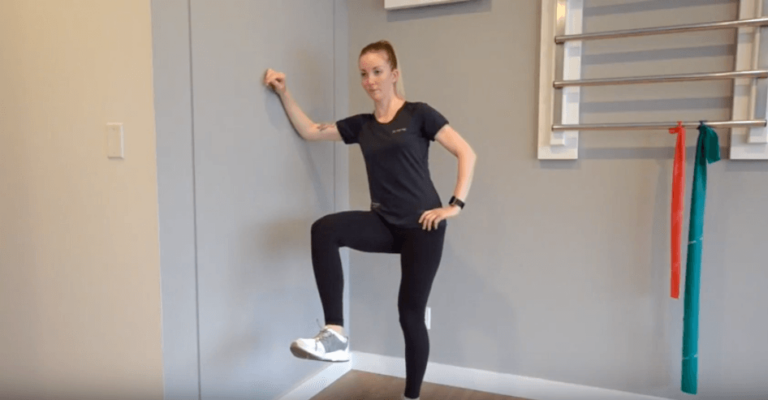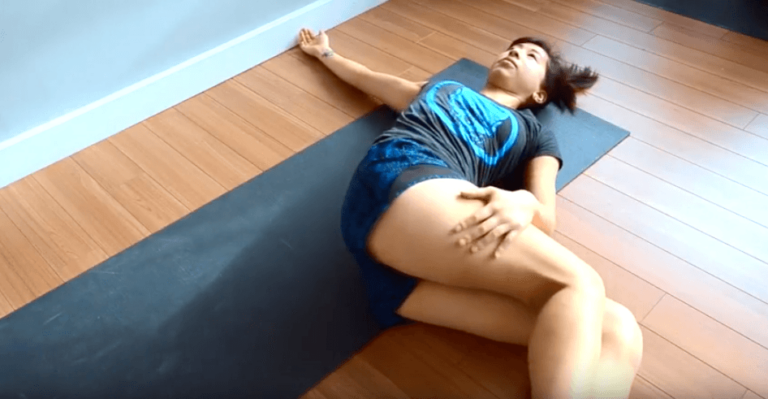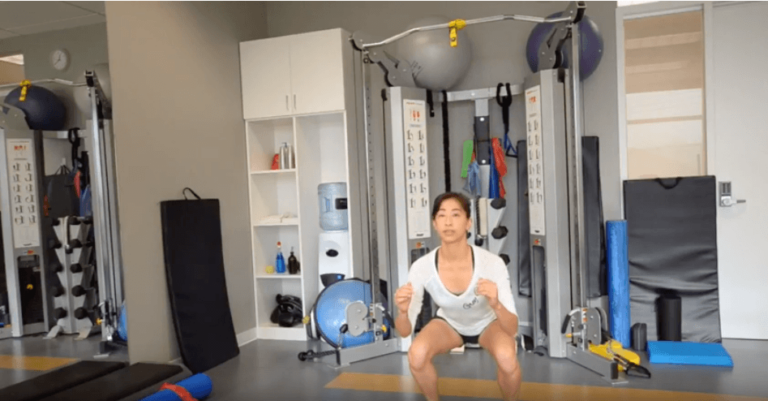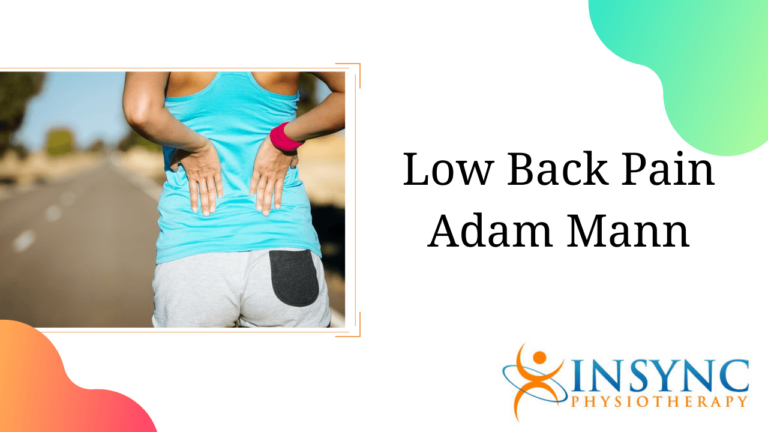

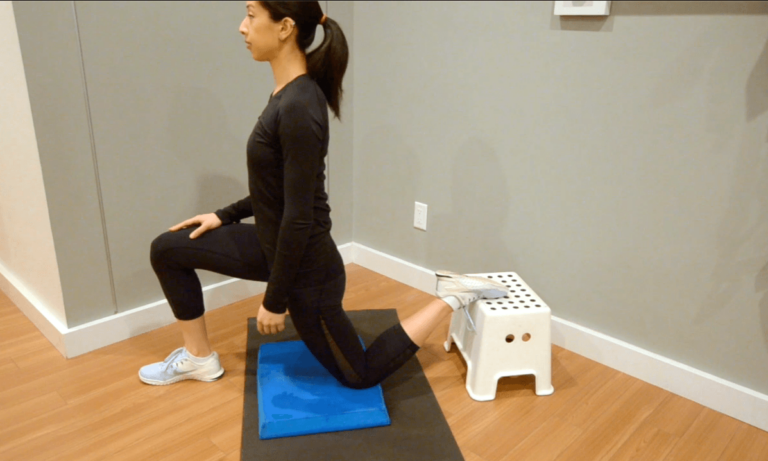

Low Back Pain and Injuries – Inner Core Strength Bent Knee
If you are experiencing low back pain or have injured your back, this exercise is good for activating the inner core stability muscles of the lower back when you have injured it. With your feet in the air and your knees up to your chest keep your lower back flat and your inner core muscles…
